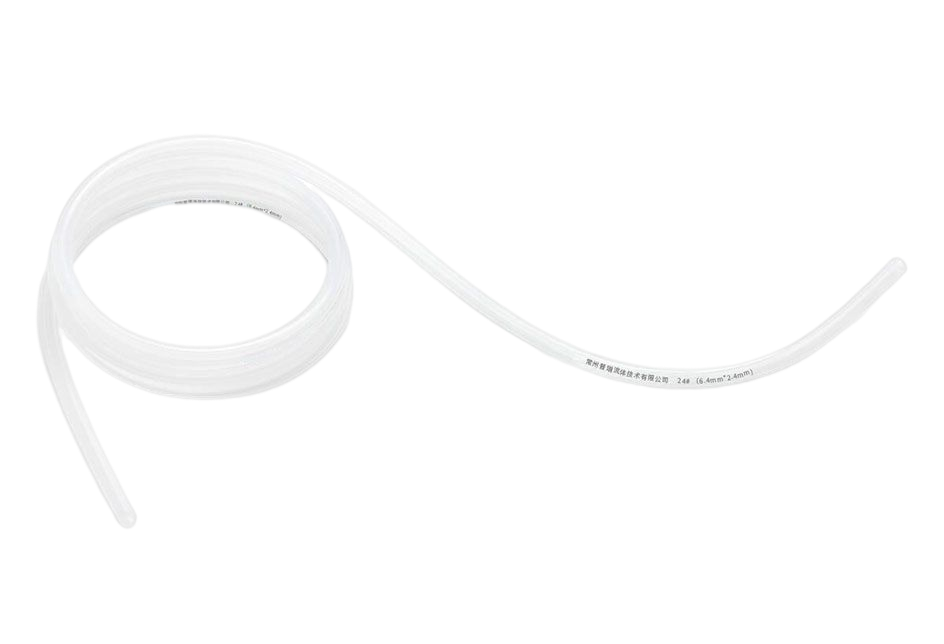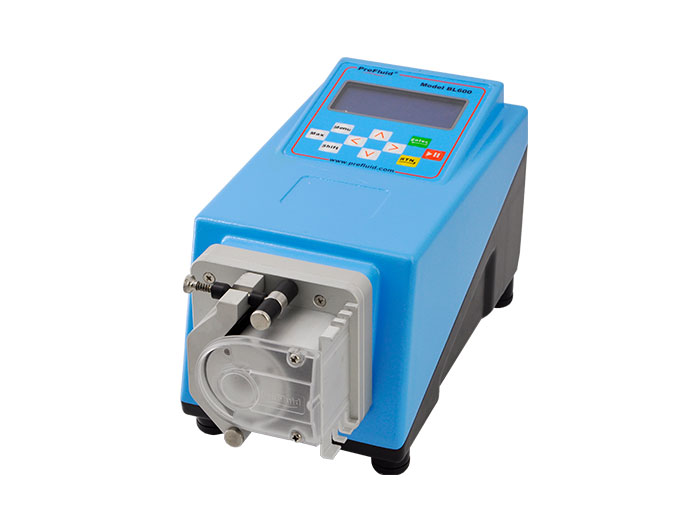In the process of using the peristaltic pump, the hose is damaged, so what are the reasons for the peristaltic pump hose damage? What should be done about it? Changzhou Purui fluid take you to understand.
1. See the damage cause of peristaltic pump hose from the damaged break
Damaged peristaltic pump hose if it looks like a knife cut is a sharp cut, then it is usually cut by the peristaltic pump head runner and flange edge. The cause of this damage is usually because the hose in the pump head is too long, and when the peristaltic pump head is running, the hose shakes inside the pump head and touches the flange of the runner, and the flange constantly frictions the hose. This process of damage is very fast, usually in about ten minutes will be completely broken. With the damage of the pump pipe, you will see a lot of hose slag produced in the pump.
The solution:
1, when installing the pump tube, we must ensure that the pump tube in the pump head is straightened, and there will not be too much hose bed in the pump head.
2, at the same time in the hose pump inlet and outlet close to the pump head clamp on the position of the plastic clamp, to prevent the peristaltic pump hose loose in the operation.
2. See the cause of damage from the shape of the damaged hose
The hose appears completely flattened, loses the ability to rebound, the wall thickness of the flexible pipe becomes thinner, and the surface is severely worn. This phenomenon is usually caused by the runner stuck, the surface of the peristaltic pump block contacting the pump tube and the runner have impurities, and the speed is too high. After the runner of the peristaltic pump head is stuck, the runner of the peristaltic pump directly scrapes the peristaltic pump hose, which will increase the friction on the surface of the hose, causing the hose surface temperature to rise very high and wear the hose surface, too high temperature will also make the hose lose elasticity, and the temperature generated in extreme cases exceeds 140 degrees or even cause the hose to melt and deform.
The solution:
Pay attention to check whether the operation of the peristaltic pump head runner is flexible; Pay attention to clean the surface of the pump head pressure pipe; Appropriately reduce the speed of peristaltic pump operation.
3. See the cause of damage from the size and shape of the damaged peristaltic pump hose
Peristaltic pump hoses may carry different liquids, some of which can corrod and dissolve certain hoses. If we see the peristaltic pump hose becomes brittle, hard, loses elasticity, discoloration, swelling, damage, etc., then it is usually because the hose is unable to transport this liquid.


